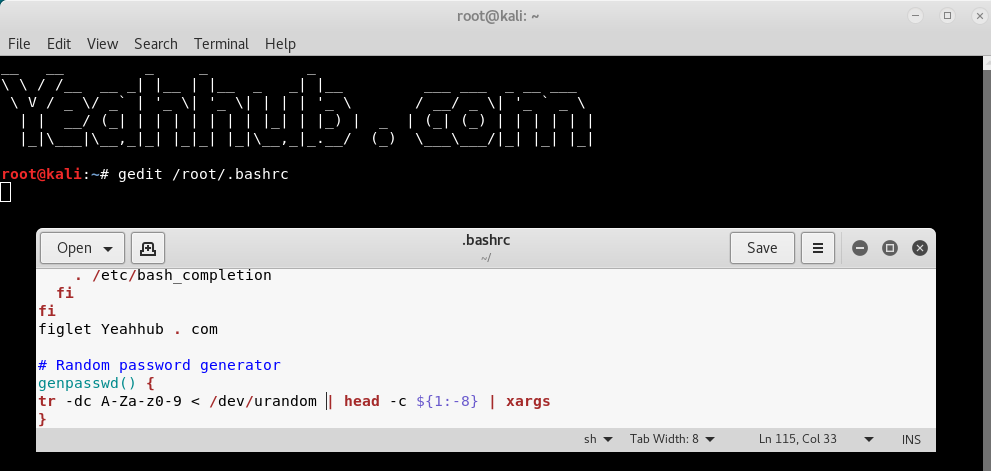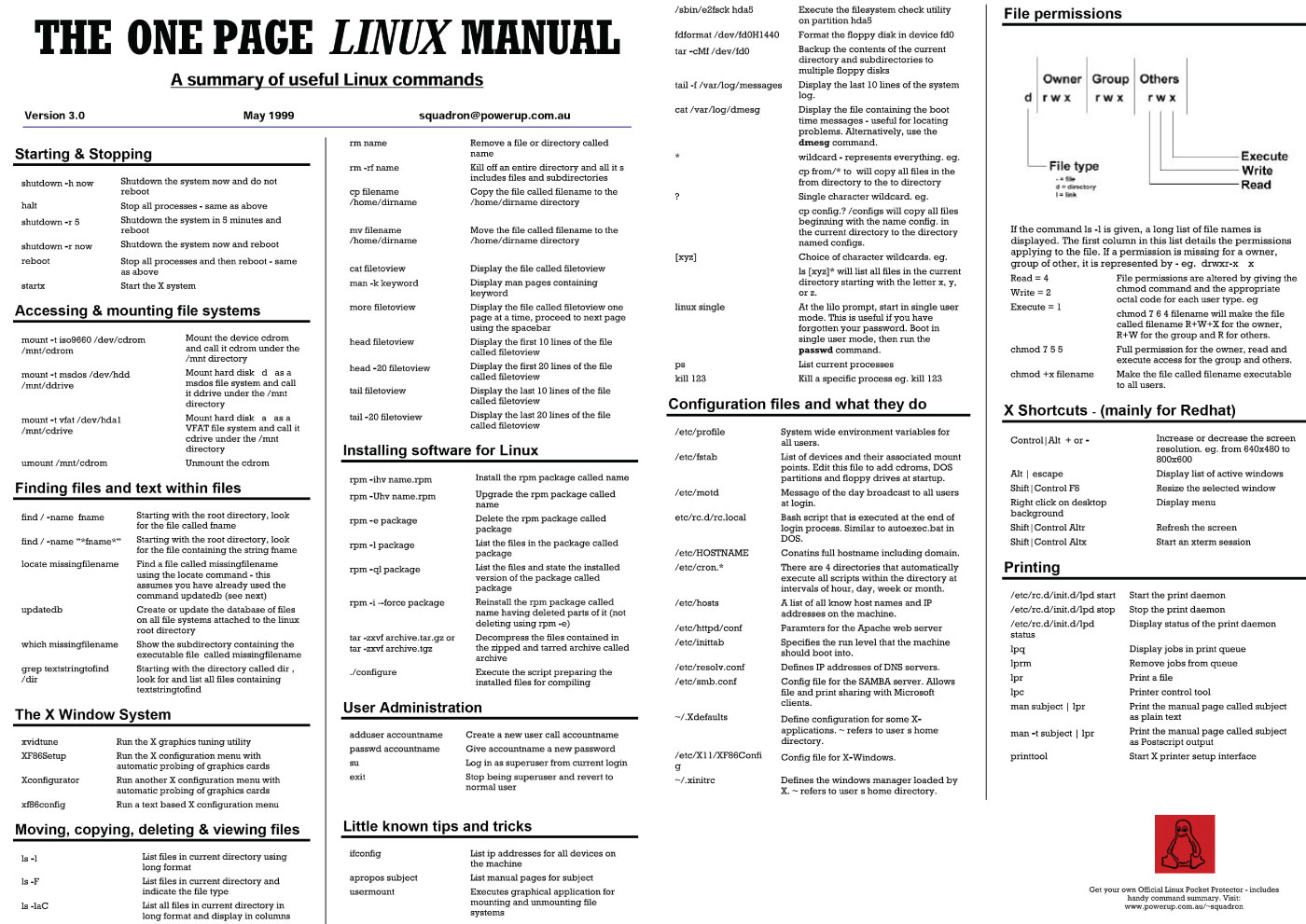

- LINUX PASSWORD GENERATOR COMMAND LINE NUMBER OF BITS HOW TO
- LINUX PASSWORD GENERATOR COMMAND LINE NUMBER OF BITS INSTALL
- LINUX PASSWORD GENERATOR COMMAND LINE NUMBER OF BITS SOFTWARE
- LINUX PASSWORD GENERATOR COMMAND LINE NUMBER OF BITS WINDOWS
Once you download PuTTY software, you will be able to install and run PuTTYgen easily in no time. That is the reason why you don’t need to download PuTTYgen separately.
LINUX PASSWORD GENERATOR COMMAND LINE NUMBER OF BITS SOFTWARE
You can follow the simple steps to download PuTTYgen software for your system.

PuTTYgen being a component of the terminal emulator PuTTY does not have to be downloaded separately, hence, comes with the PuTTY. If you don’t find your key in that list, then first add and then assign it.Īt the time of connecting to the cloud server, first of all, you need to tell PuTTY to use it for utilizing your newly created RSA key pair. You can choose the public key from the given list of keys at the time of creating a cloud server. To assign while creating a new cloud server.RSA key pair generated through PuTTYgen is used in two various ways defined as below: Copy that entire text to your clipboard by pressing ctrl+c as you will require the key to paste on your clipboard in the public key tool of control panel or directly on the cloud server. You will see the text starting with ssh-RSA in the Public key for pasting into OpenSSH authorized_keys file field which is located at the top of the window.Click on the “Save Public Key” and “Save Private Key” buttons to save your public and private keys.Now you will need to add a unique key passphrase in the Key passphrase and Confirm passphrase field.Clicking on it will lead to generating the keys for you. You will find a “Generate” button in that dialog.You will see the PuTTY key generator dialog box on your screen.
LINUX PASSWORD GENERATOR COMMAND LINE NUMBER OF BITS WINDOWS
For the same, go to Windows -> Start Menu -> All Programs -> PuTTY -> PuTTYgen.
LINUX PASSWORD GENERATOR COMMAND LINE NUMBER OF BITS HOW TO
Below is the complete guidance about how to generate RSA key in the Windows operating system: PuTTYgen is used to generate public or private key pair for creating SSH keys. For Windows, the software interface is PuTTYgen.exe, whereas, for Linux OS the command-line adaptation is available using SSH commands. The aforementioned public-key cryptosystems principally focus on secure data transmission and digital signatures.Īlthough PuTTYgen collects keys in its native file format i.e.ppk files, the keys can easily be converted to any file format. The key generation utility – PuTTYgen can create various public-key cryptosystems including Rivest–Shamir–Adleman (RSA), Digital Signature Algorithm (DSA), Elliptic Curve Digital Signature Algorithm (ECDSA), and Edwards-curve Digital Signature Algorithm (EdDSA) keys.

You may be able to use OpenSSL on the command line with AES/CTR and pipe it through base64 command. Base64 expands at a rate of 3 → 4 (3 un-encoded expands to 4 encoded), so you'd need a shorter string of length 12 characters to achieve 16 human readable characters.Īs far as I know, there are no command line tools that do it natively. If you can start with a shorter string and use a streaming mode like OCB, OFB or CTR, then you can Base64 encode the final string so that the result is 16-bytes and human readable. There's a lot to the paper, and it can't fit into a single paragraph on Stack Overflow. Phillip Rogaway has a paper on the technologies: Synopsis ofįormat-Preserving Encryption. I think the caveat is you have to start with a 16-byte human readable string. I believe you are looking for Format Preserving Encryption. I have a 16 byte character that I would like to encrypt using openssl into a 16 byte encrypted string


 0 kommentar(er)
0 kommentar(er)
